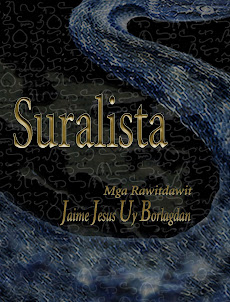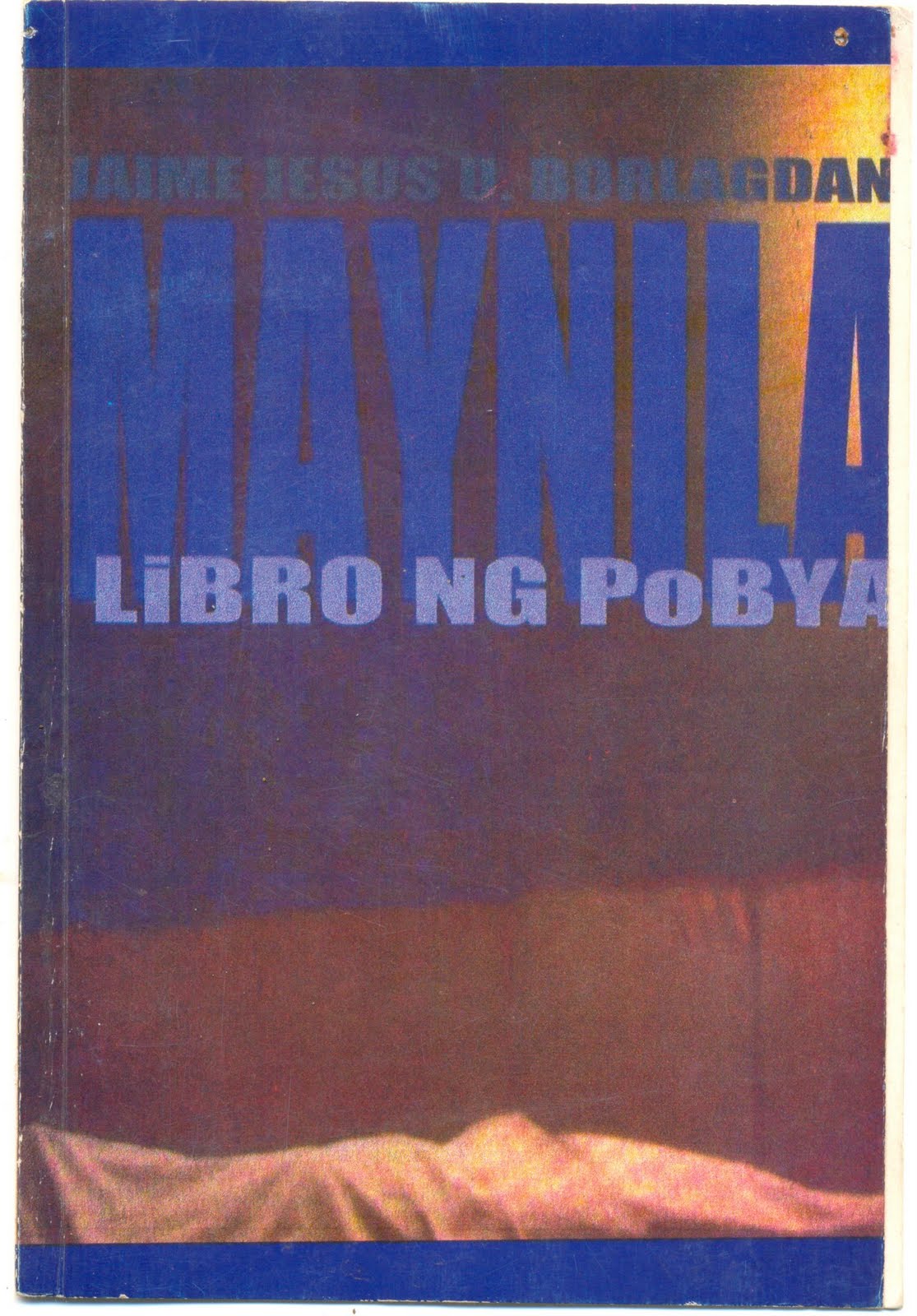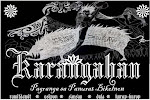Matunaw lamang an gabos na nakapalibot:
kasiguruhan, kaipuhan, kakundian,
manlaen-laen na kudal buda laoman
sagkod solamenteng matada
iyo an kahaputan kun paglanyag daw
an piggigibo kan kamot-kamotan
na huyop sa mga dahon.
Agosto 28, 2010. Karangahan.








0 comments:
Post a Comment